This article was co-authored by Zora Degrandpre, ND. Dr. Zora Degrandpre is a Natural Health Doctor and Licensed Naturopathic Physician in Vancouver, Washington. She is a grant reviewer for the National Institutes of Health and the National Center for Complementary and Alternative Medicine. She received her ND from the National College of Natural Medicine in 2007.
There are 13 references cited in this article, which can be found at the bottom of the page.
This article has been viewed 90,584 times.
Back acne, sometimes called “bacne,” is a common but annoying condition that many people struggle with. Besides being unsightly, back acne can be painful and uncomfortable. Fortunately, there are many ways to treat your acne and prevent further breakouts. If you want to avoid medications or chemicals, then try these natural treatments to see if they help you. If these treatments aren't successful, then you can try some over-the-counter creams and cleansers, or visit a dermatologist for further treatment suggestions.
Steps
Keeping Your Skin Clean
Just like with acne on your face, keeping your skin clean is the main way to avoid acne on your back. Stick with a regular cleaning schedule to remove dirt and sweat from your back. In many cases, this can reduce existing acne and prevent new breakouts from forming.
-
1Wash your back gently when you shower or bathe. It’s common to forget about your back while you’re showering or bathing, but it’s as important to wash here as all the other parts of your body. Plain water isn’t enough to remove the dirt and sweat that causes acne. Rub gentle soap on your back and rinse thoroughly afterward.[1]
- You might have some trouble reaching your back, but try to use your hands instead of a brush or loofah. These products can spread bacteria and irritate your skin. If you need to use a brush, clean it regularly and replace it when it’s dirty.[2]
- Don’t scrub your skin hard. This will irritate your skin and could make acne worse.
-
2Use a gentle, hypoallergenic soap to avoid irritating your skin. Harsh cleaning products dry out your skin and could cause irritation. Look for hypoallergenic, fragrance-free cleansers designed for sensitive skin.[3]
- Scent-free doesn’t always mean fragrance-free. Always check the labels on products to confirm that they don’t have any fragrances.
- Products that contain salicylic acid, benzoyl peroxide, alpha hydroxy acids, or sulfur are usually the best for treating acne.[4]
Advertisement -
3Take a shower as soon as possible after exercising or sweating. Any sweat on your skin could clog your pores and cause acne breakouts. After you exercise, work outside, or do any activities that make you sweat, try to take a shower as soon as possible afterward.[5]
- Remember to focus on washing your back to prevent acne here.
- Don’t put the same clothes back on after you shower. This could spread dirt and bacteria onto your skin. Always put on a fresh set of clothes.
-
4Wipe your back with an oil-free cleansing wipe if you can’t shower soon. Cleansing wipes are designed to soak up oil and sweat and prevent breakouts. If you’re unable to shower after sweating, then try cleaning your back with one of these wipes to avoid clogged pores and pimples.[6]
- Try keeping a pack of wipes in your gym bag or car so you always have them around.
- Remember that using cleansing wipes is not a substitute for showering, so you should still shower as soon as you can. They’re just a backup plan in case you’re unable to shower.
Lifestyle Tips
Besides keeping your skin clean, there are a variety of different things you can do each day to improve acne on your back and prevent new breakouts. These changes might not work by themselves, but paired with a daily cleaning regimen, they could make a big difference.
-
1Wear loose, moisture-wicking shirts. Back sweat is a common cause of acne breakouts. Additionally, tight clothes increase the friction on your skin and can block your pores. If you have a lot of back acne, switch to loose, light, moisture-wicking shirts to prevent sweat and friction on your back.[7]
- This is especially important if you’re exercising. Make sure your workout clothes are light and loose so they don’t rub on your skin and trap sweat while you’re exercising.
-
2Protect your skin from the sun. The sun can damage your skin and make it more susceptible to breakouts. It could also darken pimples and make them more visible. If you go out in the sun, wear a shirt to keep your back covered. If you’re outside without a shirt on, apply 30 SPF sunblock to prevent sunburns.[8]
-
3Cut out sugary foods with a high glycemic index. Foods with a high glycemic index (GI) raise your blood sugar. Studies show that these foods can definitely cause acne breakouts, so cut down on the amount of sugary desserts and drinks in your diet.[9]
- Desserts aren’t the only foods with a high GI. Bleached or enriched flour products like white bread and white rice, and some produce like potatoes and watermelon also have high GIs.[10]
-
4Wash your bedding once a week. Bacteria and dirt can stay on your bedsheets and cause further acne breakouts while you sleep. Make sure to wash your bedding at least once a week to avoid infecting your skin.[11]
- Make sure you use gentle, fragrance-free detergent as well. This should prevent skin irritations and further breakouts.
-
5Use a handheld bag instead of a backpack. Backpacks are handy, but they cause a lot of friction on your back. Try switching to a handheld bag or briefcase instead. This way, you won’t have something rubbing on your back all day.[12]
- If you use a bag with a strap, loop it over your shoulder instead of across your back.
-
6Reduce stress to prevent breakouts. There is definitely a correlation between stress and acne breakouts. If you often have breakouts when you’re stressed, then taking some steps to relax could help.[13]
- Relaxation exercises like meditation or deep breathing are great stress-reducers. Try practicing one of these activities for 15-20 minutes each day.
- Practicing your hobbies is also great for reducing stress. Make some time each day to do something you enjoy to improve your mental health.
Natural Treatments That Might Work
There are a lot of home remedies for acne floating around the internet. Many of these treatments don’t have a lot of science behind them, so it’s hit or miss if they’ll work. However, a few do show success in treating acne. The following treatments could help you if you also follow cleaning and lifestyle tips to reduce your back acne.
-
1Kill acne bacteria with tea tree oil. Tea tree oil is a natural antiseptic that shows some success in treating acne. Try applying a 5% tea tree oil mixture to your pimples once a day to see if your acne improves.[14]
- Don't use undiluted essential oils. If yours is undiluted, use a carrier oil like olive or jojoba. Add 5 drops of tea tree oil to 1 tsp (5 ml) of carrier oil for a 5% concentration.[15]
- Tea tree oil can cause minor itching, redness, or burning if you’re sensitive to it. If you notice side effects like these, stop using the oil.
- Never swallow tea tree oil. It’s only meant for skin use.
-
2Apply bovine cartilage cream to your acne twice a day. Creams containing 5% bovine cartilage could strengthen your skin and treat your acne breakouts. Try rubbing this cream on your back twice a day if you’re having a breakout.[16]
-
3Rub aloe vera gel onto the acne. Aloe vera is a popular wound treatment that can kill bacteria and reduce inflammation. Try applying a 50% aloe vera gel onto the acne once a day for a week to see if this works.[17]
- You could also take gel directly from an aloe vera plant.
-
4Try green tea cream to reduce inflammation. Green tea is rich in antioxidants that help reduce inflammation in your skin. Try using a 2% green tea cream on your acne once a day to see if this works for you.[18]
- This treatment might take a few weeks, so apply the cream daily.
-
5Take zinc supplements to boost your immune response. Zinc helps support your immune system, which could help kill the acne infection. It also relieves skin inflammation. Try taking a daily zinc supplement to boost your immunity and see if this relieves your acne.[19]
- Unless your doctor tells you to, don't take more than 11 mg of zinc each day. High zinc doses could cause diarrhea and an upset stomach.[20]
- You could also get more zinc from your diet by eating shellfish, red meat and poultry, and beans.
-
6Drink brewer's yeast to fight the infection. There's some evidence that Hansen CBS, a strain of brewer's yeast, could relieve acne.[21] It usually comes in powder form and you can take it orally. Stir a serving of yeast into a glass of water and drink the whole thing. Repeat this daily for a week to see if your acne improves.[22]
- Some yeast types come in pre-measured packets, so you can just pour the whole packet into the drink. Otherwise, follow the dosing instructions that come with the product you use.
- Yeast commonly causes bloating and gas as side effects.[23]
Medical Takeaways
While back acne is annoying, there are many ways to get rid of it. These natural treatments can make a big difference if you’re consistent with them. However, if these don't work, then OTC cleansers and creams might work better. If you have a persistent case of acne, then a visit to your dermatologist can give you more treatment options. With the right remedies, you can treat your back acne and prevent it from returning.
References
- ↑ https://www.aad.org/public/diseases/acne/DIY/back-acne
- ↑ https://health.clevelandclinic.org/loofahs-can-double-as-bacterial-breeding-grounds/
- ↑ https://www.aad.org/public/diseases/acne/DIY/back-acne
- ↑ https://www.mayoclinic.org/diseases-conditions/acne/in-depth/acne-products/art-20045814
- ↑ https://www.nhs.uk/conditions/acne/
- ↑ https://www.aad.org/public/diseases/acne/DIY/back-acne
- ↑ https://www.aad.org/public/diseases/acne/DIY/back-acne
- ↑ https://www.aad.org/public/diseases/acne/DIY/back-acne
- ↑ https://www.ncbi.nlm.nih.gov/pmc/articles/PMC4884775/
- ↑ https://www.health.harvard.edu/diseases-and-conditions/glycemic-index-and-glycemic-load-for-100-foods
- ↑ https://www.aad.org/public/diseases/acne/DIY/back-acne
- ↑ https://www.aad.org/public/diseases/acne/DIY/back-acne
- ↑ https://pubmed.ncbi.nlm.nih.gov/28871928/
- ↑ https://www.mayoclinic.org/diseases-conditions/acne/expert-answers/natural-acne-treatment/faq-20057915
- ↑ https://www.takingcharge.csh.umn.edu/how-do-i-choose-and-use-essential-oils
- ↑ https://www.mayoclinic.org/diseases-conditions/acne/expert-answers/natural-acne-treatment/faq-20057915
- ↑ https://www.ncbi.nlm.nih.gov/pmc/articles/PMC4740760/
- ↑ https://www.ncbi.nlm.nih.gov/pmc/articles/PMC4740760/
- ↑ https://www.mayoclinic.org/diseases-conditions/acne/expert-answers/natural-acne-treatment/faq-20057915
- ↑ https://ods.od.nih.gov/factsheets/Zinc-HealthProfessional/
- ↑ https://pubmed.ncbi.nlm.nih.gov/2530145/
- ↑ uofmhealth.org/health-library/d05646a1
- ↑ https://www.mayoclinic.org/diseases-conditions/acne/expert-answers/natural-acne-treatment/faq-20057915
- ↑ https://www.aad.org/public/diseases/acne/DIY/back-acne
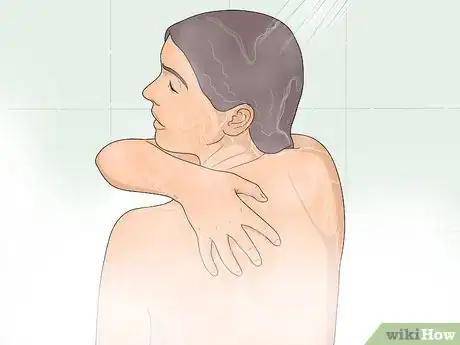
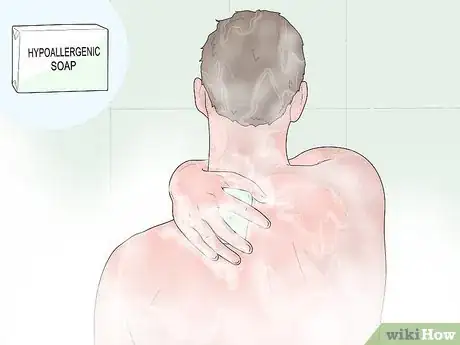
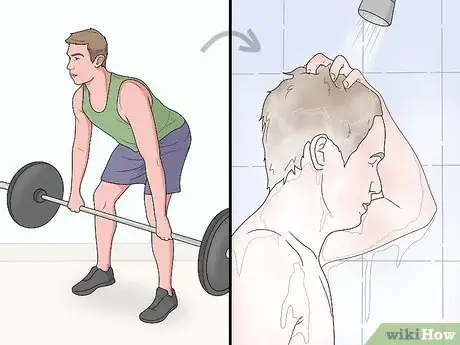
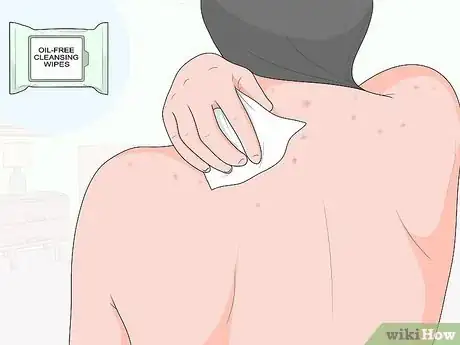
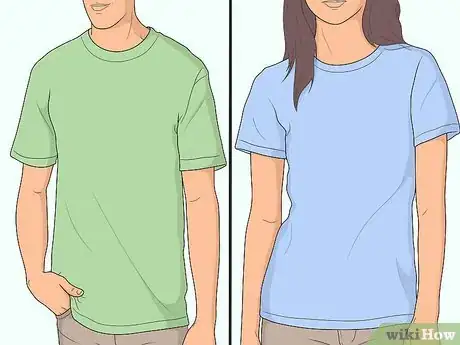
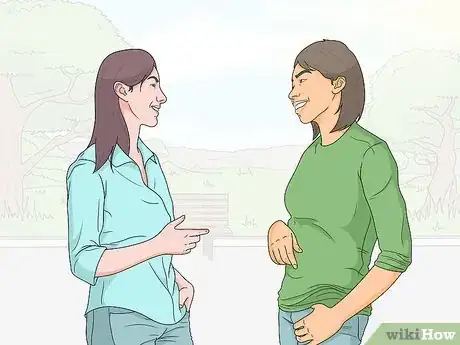
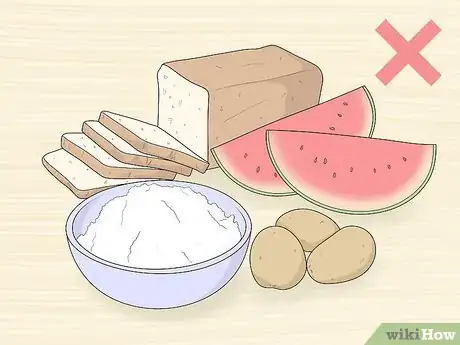
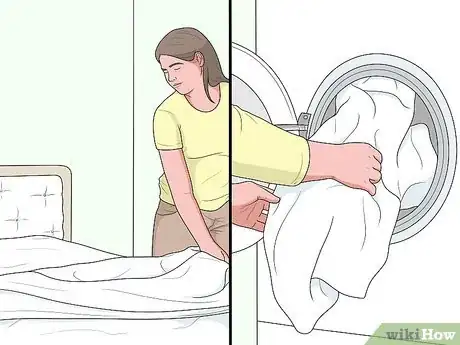
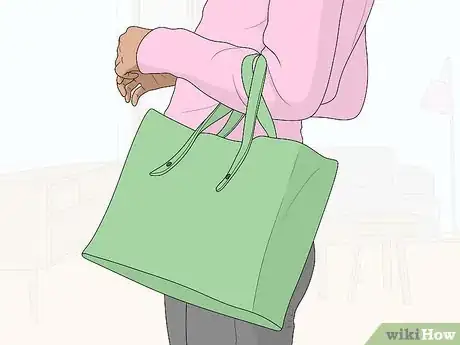
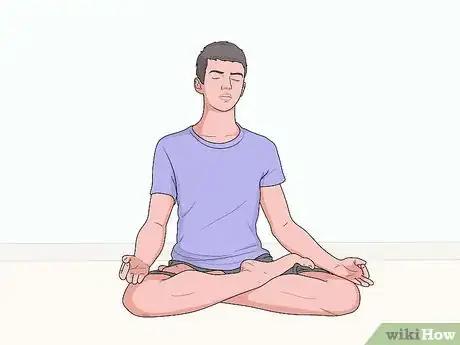
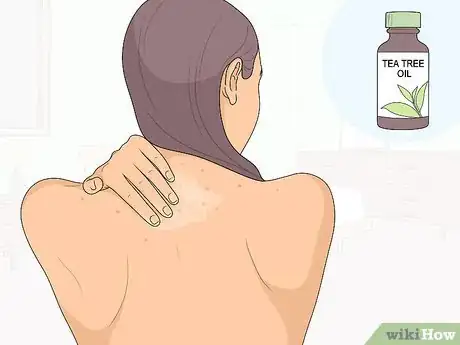
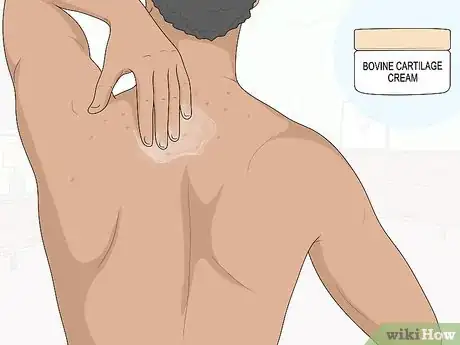

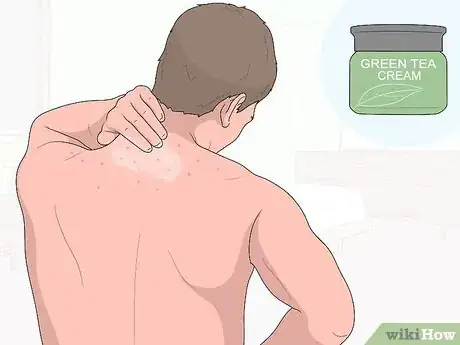
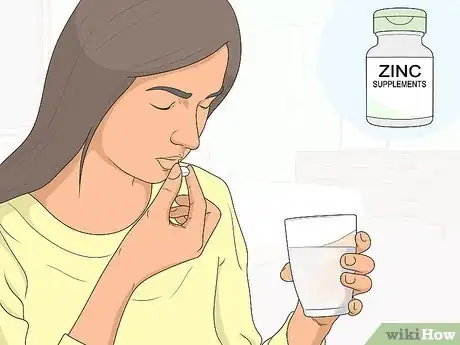
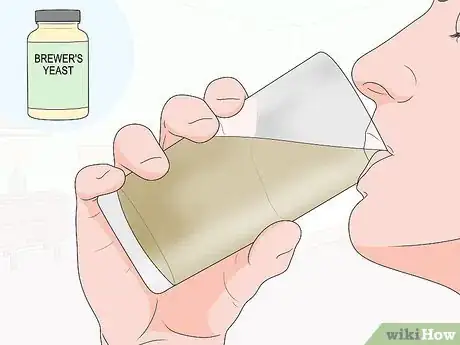
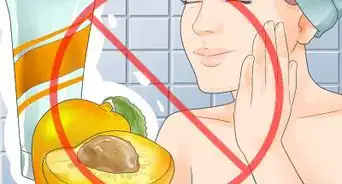
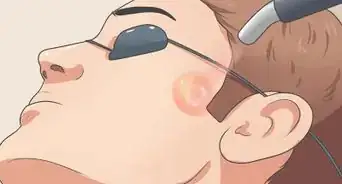
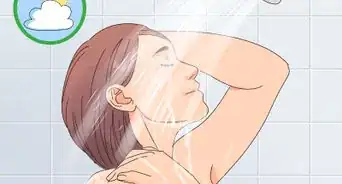
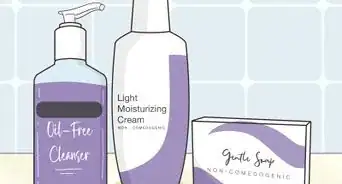

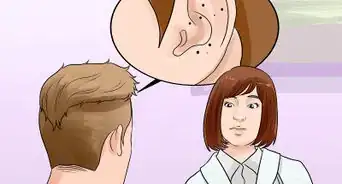
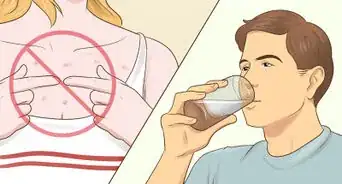
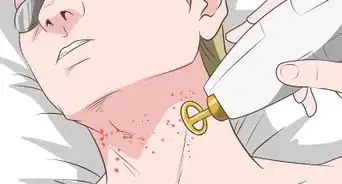
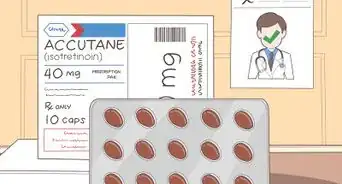
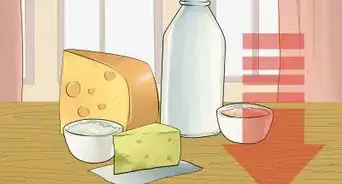
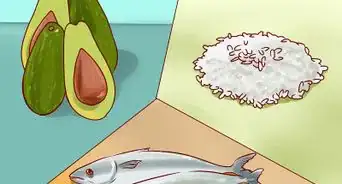
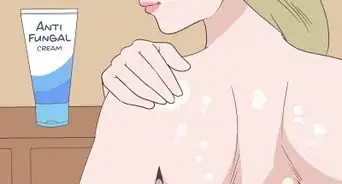
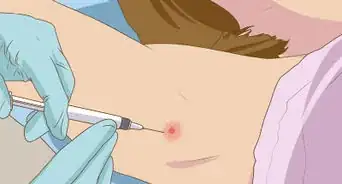
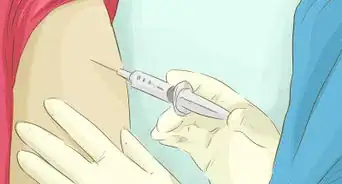







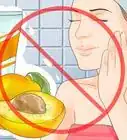
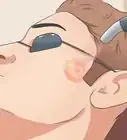
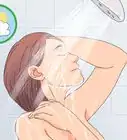
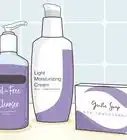



































Medical Disclaimer
The content of this article is not intended to be a substitute for professional medical advice, examination, diagnosis, or treatment. You should always contact your doctor or other qualified healthcare professional before starting, changing, or stopping any kind of health treatment.
Read More...